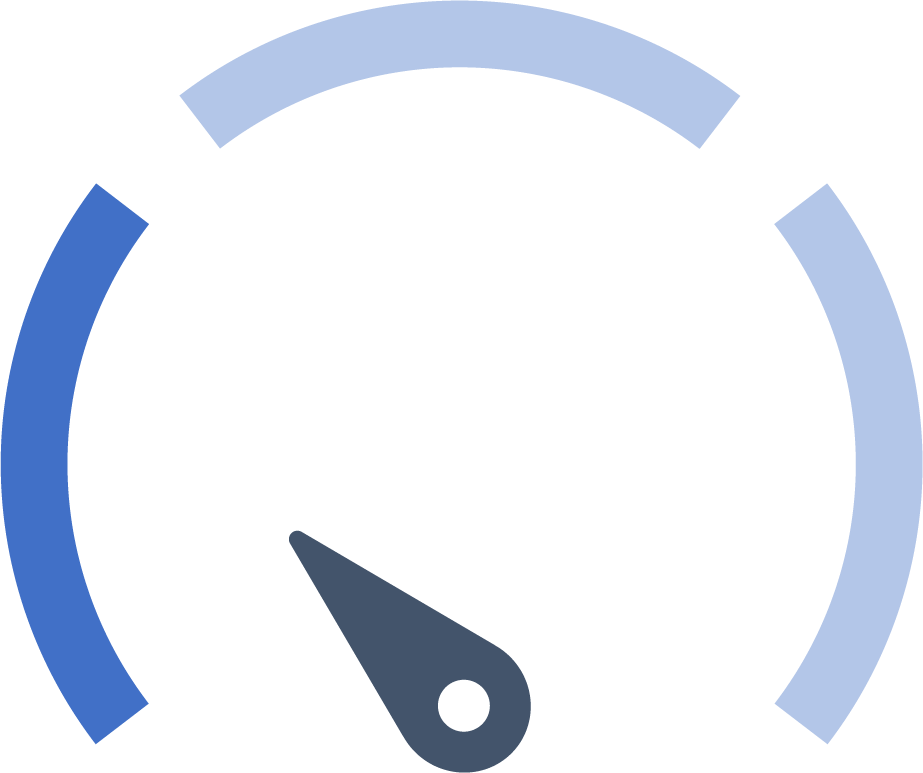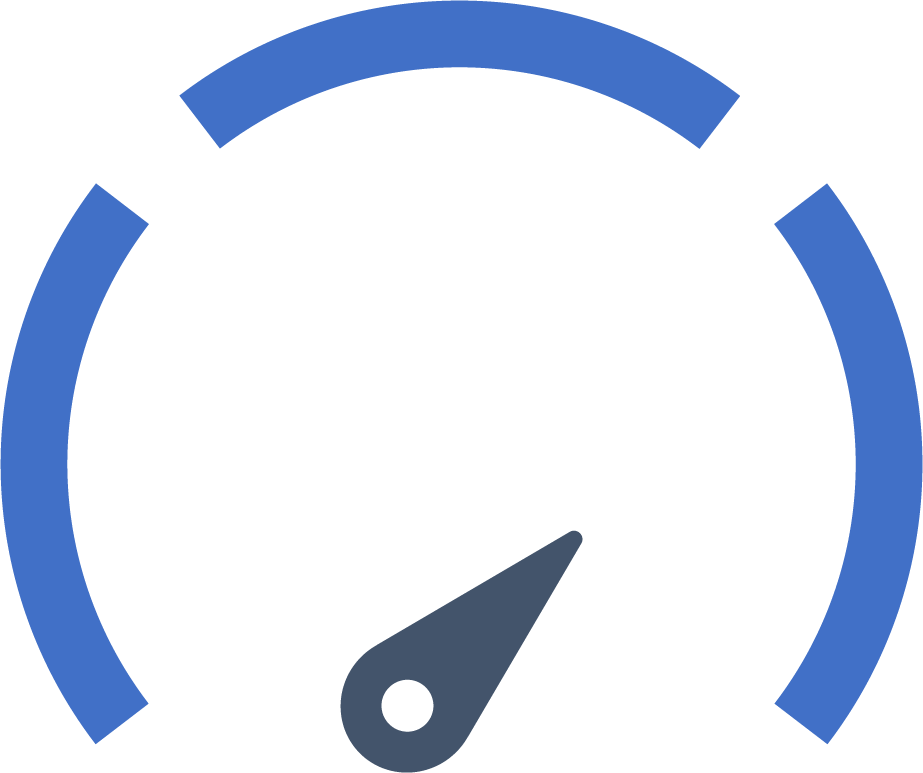We're Award-Winning, Accredited, and Trusted

Join over 5,000 Students Already Learning With My Trading Skills

"The ticket was easily worth 10x the price."
"Fantastic workshop delivered by veteran trader!"
"Great workshop, Philip was fun and engaging. I am learning a lot!"
"Phillip is by far the best tutor I have found in the field of trading after trying quite a few."
"This training has inspired me to get started right away - thank you."
"This workshop was fantastic.... I think you have under-priced your value."

"Great workshop, would definitely recommend."
"Great course for beginners definitely will recommend."
"Phillip was great, would like to have more live lessons with him."
"Phillip made a lot of things I had previously not been able to grasp very easy to understand."
"Phillip is definitely one of the best technical and fundamental trading analysts."
"Overall the course was fantastic and Philip was a fantastic lecturer."

"Came away knowing 100% more than when I walked in."
"Everything was explained in detail. Very informative."
"Overall I thought you did a fantastic job and you were professional."
"Philip talks about and presents trading with such passion. A pleasure listening to him."
"Excellent workshop and presentation. All questions answered quickly and efficiently."
"I would 100% recommend to others and would attend another course."
Start Trading Today. Choose a Course.

Not Sure Where To Start?
We have courses for all experience levels.



